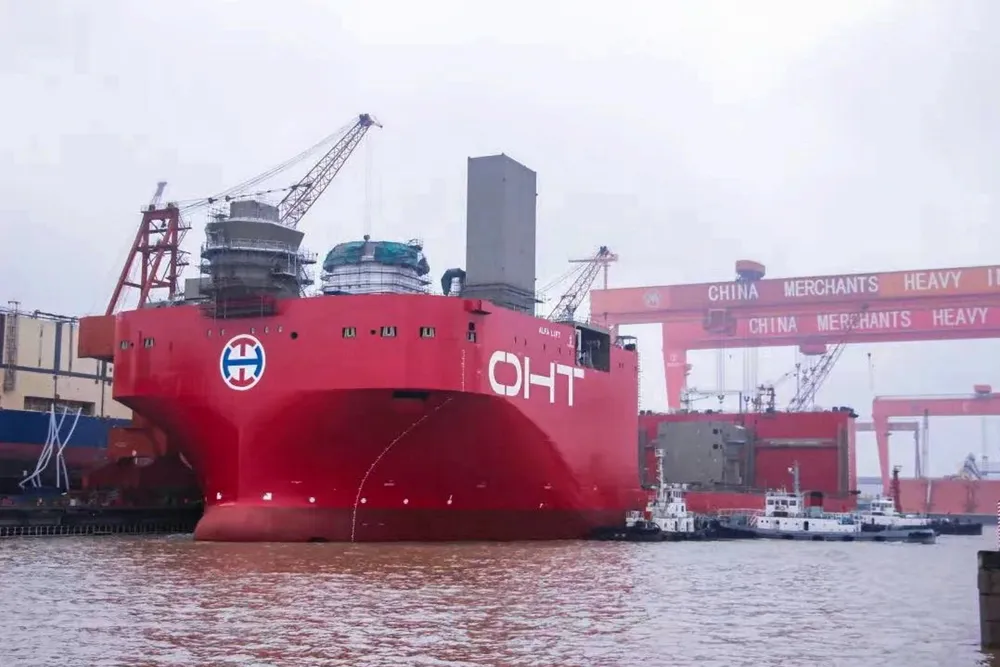Dogger Bank developers insist wind farm remains on track for 2023 start-up
Late delivery of Seaway Alfa Lift semi-submersible wind foundation installation vessel has raised questions over schedule of 3.6 GW scheme offshore UK

Late delivery of Seaway Alfa Lift semi-submersible wind foundation installation vessel has raised questions over schedule of 3.6 GW scheme offshore UK
